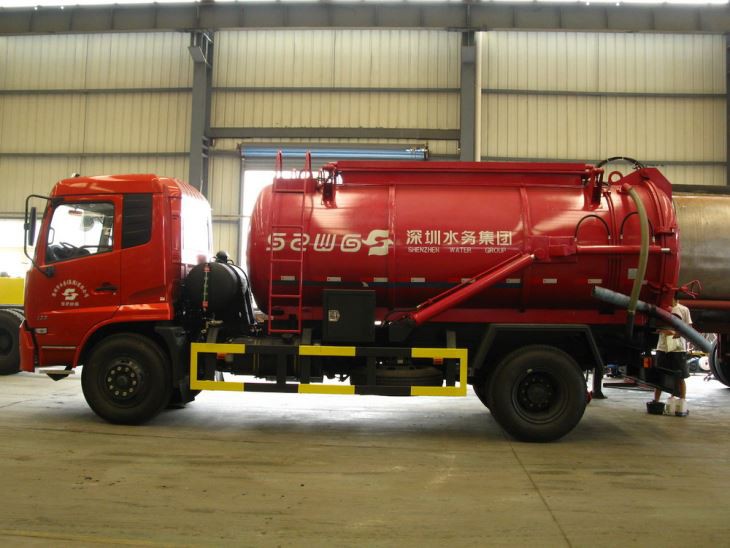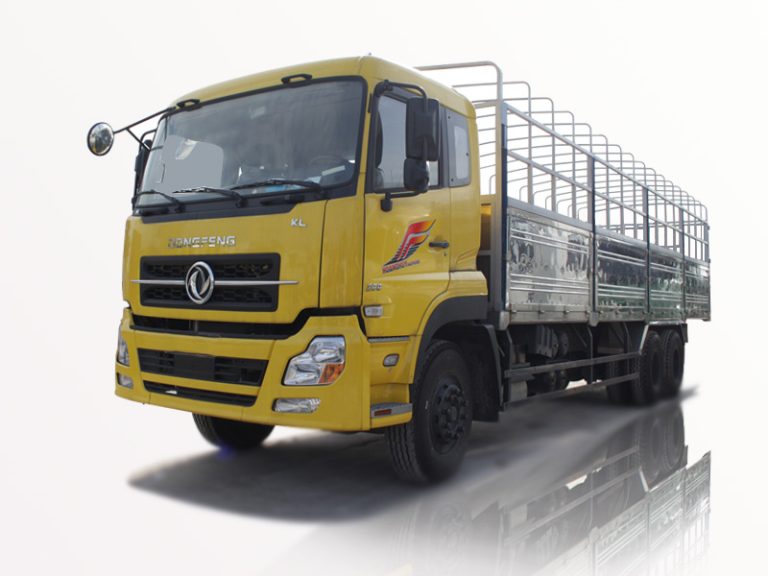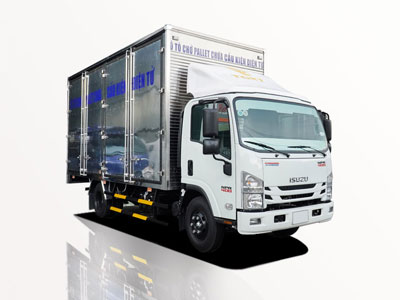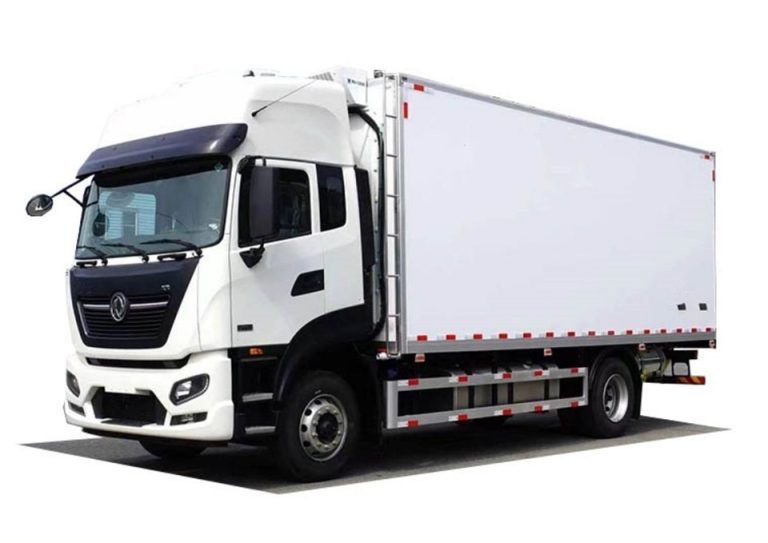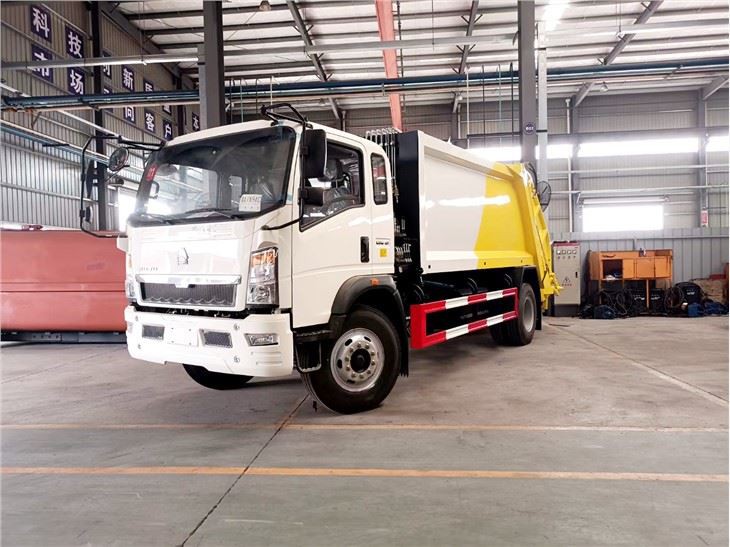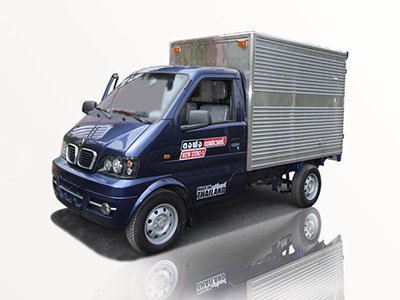Street sweeper machines are essential vehicles designed for maintaining cleanliness in urban areas, roads, and public spaces. These machines play a vital role in pollution control, waste management, and improving the aesthetic appeal of cities. This article delves into the workings, types, benefits, and vital considerations when it comes to street sweeper machines.
What is a Street Sweeper Machine?
A street sweeper machine is a specialized vehicle used to clean streets, parking lots, and other paved surfaces. It is equipped with a combination of brushes, vacuum systems, and water tanks to efficiently remove debris, dust, and litter. These machines can be seen in urban settings, especially after events such as parades, concerts, or festivals, where littering may occur.
Key Components of Street Sweeper Machines
- Brushes: Used for sweeping debris from the surface.
- Vacuum System: Collects the debris after it has been swept up.
- Water Tanks: Prevent dust from rising during operation.
- Control System: Allows the operator to manage various functions easily.
- Chassis: The vehicle’s body provides stability and stamina.
Types of Street Sweeper Machines
Street sweeper machines come in various models tailored for specific tasks. Here are the primary types:
1. Mechanical Broom Sweepers
Mechanical broom sweepers utilize rotating brushes to sweep debris into a hopper. They are cost-effective and efficient for light-duty cleaning tasks.
2. Vacuum Sweepers
These machines use a powerful vacuum to lift debris directly from the street. They excel in collecting fine dust and small particles, making them ideal for urban areas.
3. Regenerative Air Sweepers
Regenerative air sweepers combine vacuum technology and air power to clean streets. They are effective in reducing dust levels while maintaining a high cleaning efficiency.
4. Combination Sweepers
Combining both mechanical broom and vacuum technologies, combination sweepers offer enhanced performance and flexibility for a range of environments.
Table: Comparison of Street Sweeper Types
| Type | Best Use | Cleaning Efficiency | Cost |
|---|---|---|---|
| Mechanical Broom | Light duty | Moderate | Low |
| Vacuum | Urban areas | High | Medium |
| Regenerative Air | Dust control | High | High |
| Combination | Versatile cleaning | High | High |
Benefits of Using Street Sweeper Machines
Employing street sweeper machines in urban environments comes with numerous advantages:
1. Improved Air Quality
Regular street cleaning helps in minimizing dust and particulate matter in the air, significantly improving public health and air quality.
2. Enhanced Aesthetics
Clean streets contribute to a better visual environment, encouraging tourism and improving residents’ quality of life.
3. Sizeable Waste Reduction
By removing litter and debris, street sweepers effectively reduce landfill contributions and promote recycling initiatives.
4. Increased Safety
Preventing waste buildup on streets reduces the risk of accidents for pedestrians and vehicle drivers alike.
5. Longevity of Infrastructure
Regular cleaning minimizes wear and tear on road surfaces, prolonging their lifespan and reducing maintenance costs.
Choosing the Right Street Sweeper Machine
When selecting a street sweeper machine, several factors need to be considered:
1. Area Size
Evaluate the size of the area needing cleaning. Larger areas may require a robust machine while compact urban areas may benefit from smaller, more maneuverable models.
2. Type of Debris
Consider the type of debris common in the area. For instance, if there’s a lot of leaves, a mechanical broom sweeper may suffice. For finer dust, a vacuum sweeper is preferable.
3. Budget
Assess your budget for both initial purchase and ongoing maintenance costs to ensure sustainability in your selection.
4. Environmental Impact
Look for machines that offer features for eco-friendly cleaning, such as water conservation and lower emissions.
5. Brand Reputation
Consider the manufacturer’s reputation for reliability and after-sales support. Research reviews and testimonials to guide your choice.
Practical Tips for Operating Street Sweeper Machines
To maximize the efficiency of street sweeper machines, here are some practical tips:
1. Regular Maintenance
Perform routine checks on brushes, vacuums, and the overall vehicle to ensure optimal performance.
2. Route Planning
Develop efficient cleaning routes to avoid unnecessary fuel consumption and improve operational efficiency.
3. Staff Training
Invest in proper training for operators to ensure safety and effective use of machinery.
4. Schedule Cleaning During Off-Peak Hours
Minimize traffic disruptions by scheduling cleaning during hours of low activity, such as early mornings or late evenings.
5. Use Water Effectively
Implement a strategy to conserve water while ensuring effective cleaning. Consider using eco-friendly cleaning agents when necessary.
Future Trends in Street Sweeper Technology
The street sweeper industry is evolving with technology. Below are some emerging trends:
1. Electric and Hybrid Sweepers
With an increasing focus on sustainability, electric and hybrid street sweepers are becoming more prevalent. They offer reduced emissions and quieter operation.
2. Autonomous Technology
Advancements in robotics and AI are leading toward autonomous street sweeping solutions, which promise efficiency and lower labor costs.
3. Smart Technology Integration
Integration of smart technology enables real-time monitoring and analytics for optimal performance and predictive maintenance.
Environmental Impact of Street Sweepers
Understanding the environmental footprint of street sweeper machines is essential for sustainable urban planning. Below are key considerations:
1. Emission Levels
Modern street sweepers are designed to produce lower emissions, especially with the introduction of electric models. Monitoring these emissions is crucial for urban air quality.
2. Waste Management
Efficient street cleaning reduces pollution and prepares surfaces for better stormwater management, protecting local waterways.
3. Eco-Friendly Practices
Many municipalities are adopting eco-friendly practices, such as using biodegradable soaps and water-saving technologies in street sweeping.
FAQ Section
1. How often should streets be swept?
The frequency of street sweeping depends on the area’s traffic levels, weather conditions, and local regulations, typically ranging from daily to bi-weekly.
2. What is the average lifespan of a street sweeper machine?
With proper maintenance, a street sweeper can last between 10 to 15 years, though this may vary based on usage and manufacturer quality.
3. Can street sweepers operate in inclement weather?
Many street sweepers are designed to operate in light rain. However, excessive rainfall can restrict their effective functioning due to waterlogged surfaces.
4. Are street sweepers noisy?
Noise levels vary depending on the model, but many modern sweepers are designed to operate quietly, reducing disruption in residential areas.
5. How much does a street sweeper cost?
The price of street sweepers can vary widely, typically ranging from $50,000 to over $300,000, depending on the type and features.
6. Is training required to operate a street sweeper?
Yes, proper training is necessary for operators to ensure safety and efficient use of the equipment.
